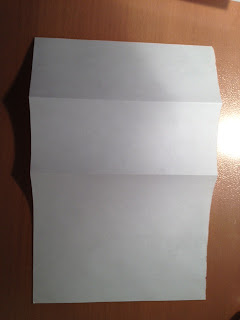Let me try to build something basic around simple paper-folding that may be useful even for younger kids. One big advantage of this method is that we simultaneously develop 3D imagination and first "knowledge" in geometry. For example, if we fold a sheet of paper,
we will get a straight line, and everyone can see that two planes intersect at straight line. If we fold our paper in different direction, we will get two intersecting lines.
Straighten a paper out, and you will see, that two lines define only one plane and intersect at one point.
Do straight lines always intersect? Fold a paper in half, then fold one half again, and you get two parallel lines.
Take a toothpick, punch a hole at any point that does not belong to one of your folding lines and leave a toothpick inside. Our toothpick will define a third line that intersects the plane (paper), but, will never intersect the other two lines that belong to our plane. So we model skew lines.
We can ask a lot of questions based only on the experiments that were done, for example,
- · How many common points do a paper sheet and a toothpick have?
- · Is it possible that they have only two common points? Three or more?
- · Show how they can have more than one point of intercept.
- · How many planes can your ‘toothpick straight line’ belong to? etc.




No comments:
Post a Comment